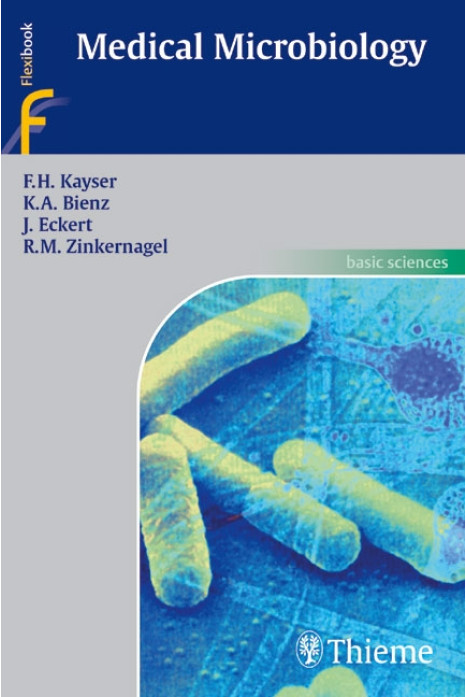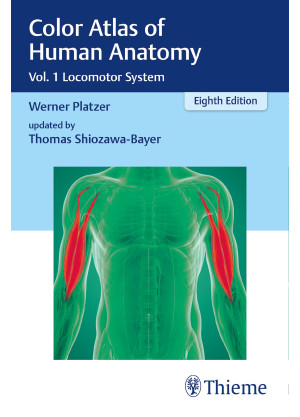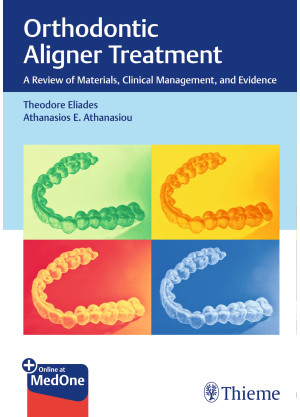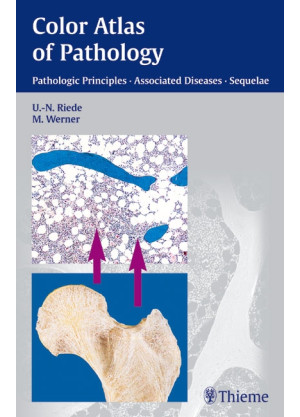The book is structured with classroom learning in mind.
While medical and hygienic developments have driven down the mortality rates of infectious diseases, pathogenic microorganisms are still a major factor in everyday clinical practice. They are still the most frequent cause of death in Third World countries. New and incurable infectious diseases are a worldwide problem. It is inescapable, therefore, that modern medicine must redouble its efforts to understand the relationship between microorganisms and humans and continue to lead the search for new therapies.
The following five subject areas are covered: Immunology, Bacteriology, Mycology, Virology, Parasitology. This book provides a clearly focused and richly detailed review of the entire field of medical microbiology. It is both a textbook for students of medicine and dentistry and a useful companion for medical technicians and laboratory assistants, both at school and in the laboratory. It will also serve as a handy work of reference for clinical practitioners. The book is structured with teachability in mind: The many color illustrations and microscopic images render complex themes readily accessible. Summaries at the beginning of every chapter, a color-coded reference guide and detailed diagnostic tables make this an excellent sourcebook for rapid learning and quick reference. A list of important internet addresses in the appendix will help the book's users keep abreast of cutting-edge research.
I Basic Principles
General Aspects of Medical Microbiology
Basic Principles of Immunology
II Bacteriology
General Bacteriology
Bacteria as Human Pathogens
III Mycology
General Mycology
Fungi as Human Pathogens
IV Virology
General Virology
Viruses as Human Pathogens
V Parasitology
Protozoa
Helminths
Arthropods
VI Organ System Infections
Etiological and Laboratory Diagnostic Summaries in Tabular Form














